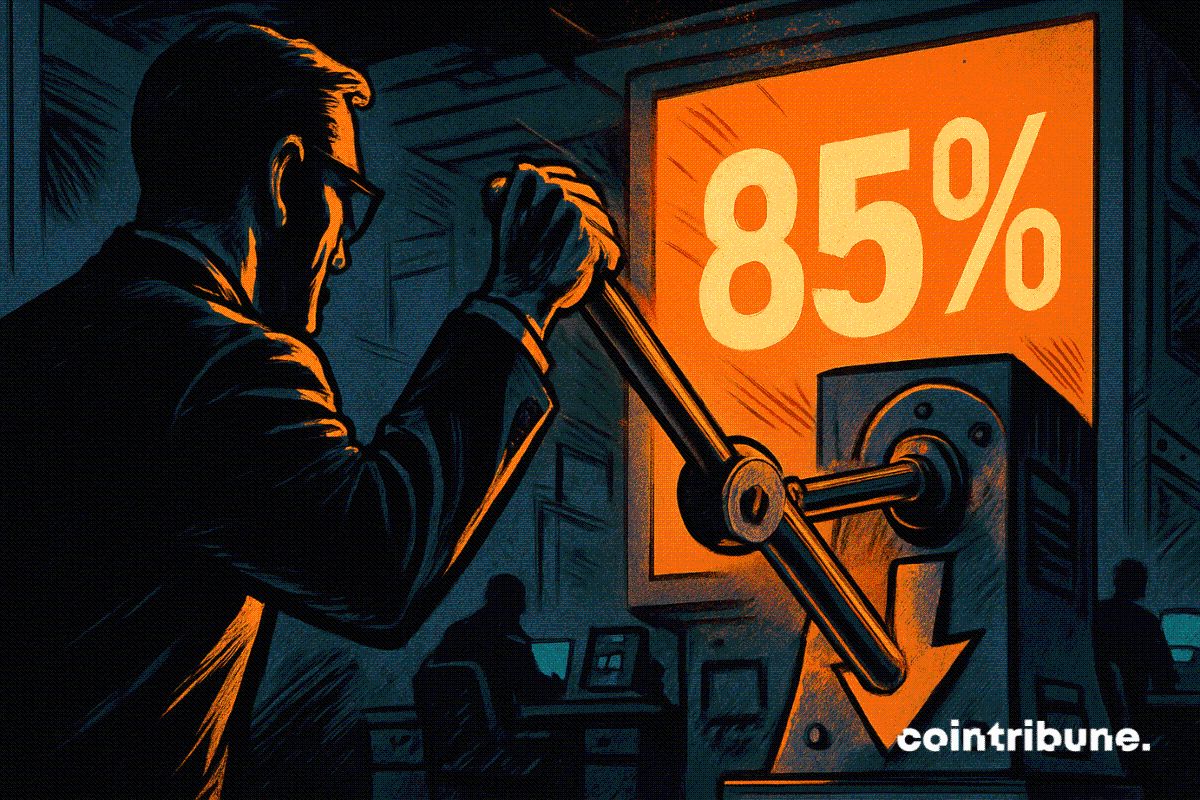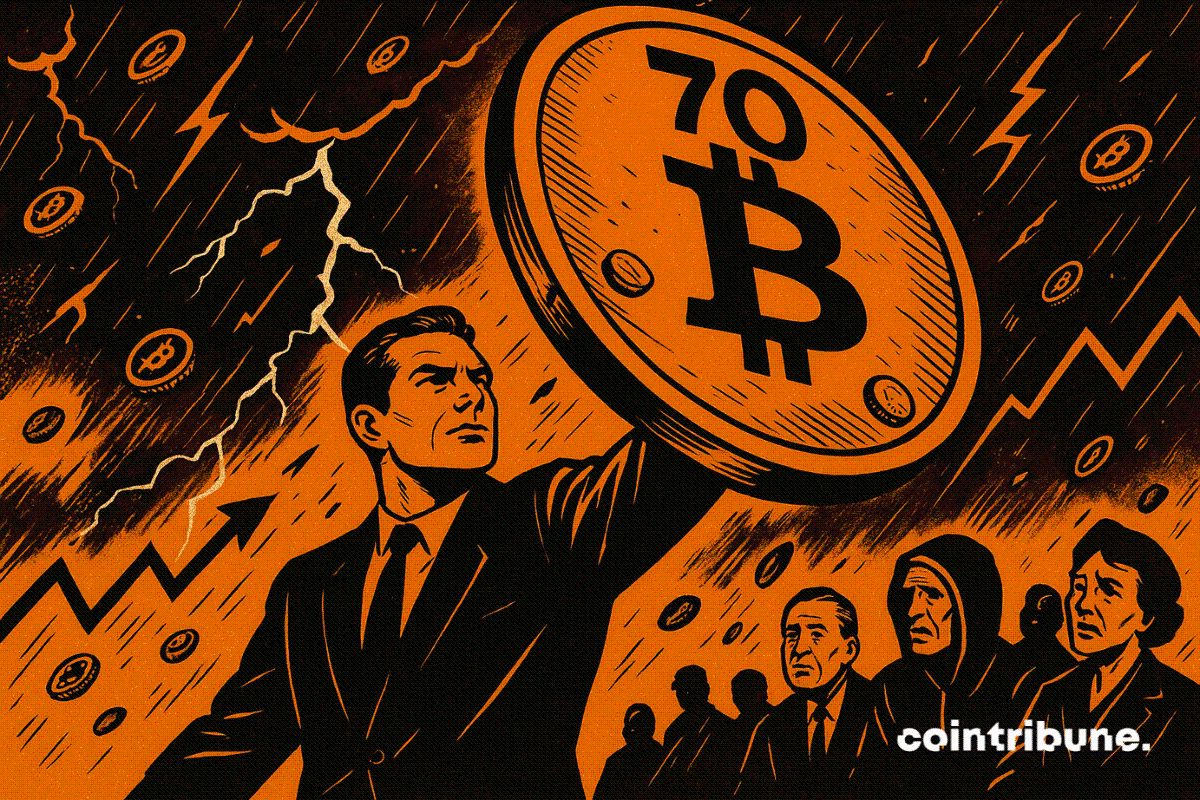Bitcoin’s Sharp Decline: Is It a Healthy Adjustment or an Ominous Sign?
- Bitcoin's $80,000 drop in April 2025 triggered by regulatory crackdowns and Fed policy shifts, exposing crypto market vulnerabilities. - Trump family's $1B crypto-linked losses and collapsed ventures highlight systemic risks from leveraged trading and regulatory gaps. - Market volatility amplified by Fed's delayed data releases and ambiguous rate-cut signals, triggering cascading margin calls. - XRP ETF inflows and $1.75B Bitcoin options bets signal cautious optimism amid broader crypto-asset market frag
Key Catalysts: Regulatory Changes and Uncertainty from the Fed
The sharp drop in Bitcoin’s value at the end of 2024 and into 2025 was primarily set off by two major developments: regulatory crackdowns and unpredictable moves from the Federal Reserve. The Trump family, previously outspoken supporters of digital assets, has seen its crypto-related fortune shrink by $1 billion since September 2025, as
At the same time, the Federal Reserve’s postponement of crucial employment data and its unclear position on interest rate adjustments have added to the market’s instability.
Structural Weaknesses in the Crypto Market

Furthermore, the links between crypto and conventional financial markets are becoming increasingly evident. For example, the recent upheaval in the biotech industry—highlighted by MoonLake Immunotherapeutics’ 90% plunge after disappointing trial outcomes—shows how isolated corporate setbacks can influence overall investor mood
Warning or Window? The Long-Term Investor’s Choice
Despite the negative sentiment, there are some positive developments.
However, these positive signals do not erase the deeper issues facing the industry. The Trump family’s recent losses underscore the reputational and financial dangers of treating crypto as a speculative investment. For those with a long-term perspective, the main question is whether these market corrections will pave the way for a stronger, more stable sector—or if they are early warnings of a larger collapse.
Final Thoughts: Facing a Critical Juncture
Bitcoin’s abrupt decline is more than just a routine pullback or a full-blown crisis—it marks a pivotal moment. The combination of tighter regulations, economic headwinds, and speculative trading has laid bare the weaknesses in the crypto market. Still, the rise in ETF investments and strategic options trades shows that digital assets continue to attract those prepared to handle their volatility.
For investors, the challenge is to weigh prudence against potential gains. While significant risks persist, the long-term promise of blockchain innovation and growing institutional involvement remain important factors. The next few months will reveal whether the market can regain its footing or if further instability is on the horizon.
Disclaimer: The content of this article solely reflects the author's opinion and does not represent the platform in any capacity. This article is not intended to serve as a reference for making investment decisions.
You may also like
Crypto Surges As Fed Eyes Rate Cut In December

Strategy unveils a new anti-panic weapon against the bitcoin crisis

dYdX’s performance-driven affiliate system establishes a new benchmark for DeFi rewards
- dYdX's v9.4 upgrade introduces a performance-based 50% commission tier, replacing static VIP tiers with dynamic affiliate fees tied to real-time trading volume. - The sliding fee model automatically adjusts commissions (30% base, 50% for top performers) to align affiliate rewards with platform liquidity and growth goals. - Competitors like Bitget and YWO also adopt performance-driven affiliate strategies, reflecting a broader DeFi trend toward merit-based incentives. - dYdX's protocol-level hard-coding o
The Growth of Ready-to-Develop Infrastructure in Upstate New York and Its Influence on Industrial Property
- Upstate NY's industrial real estate is transforming via shovel-ready infrastructure and public-private partnerships, targeting advanced manufacturing and clean energy sectors. - FAST NY's $400M grant program has funded 37 projects since 2022, upgrading 7,700 acres to attract $283M+ in private investments like Chobani's regional operations. - Webster's Xerox campus redevelopment ($9.8M FAST NY grant) exemplifies mixed-use "bluefield" models combining manufacturing with residential zones to create sustaina
